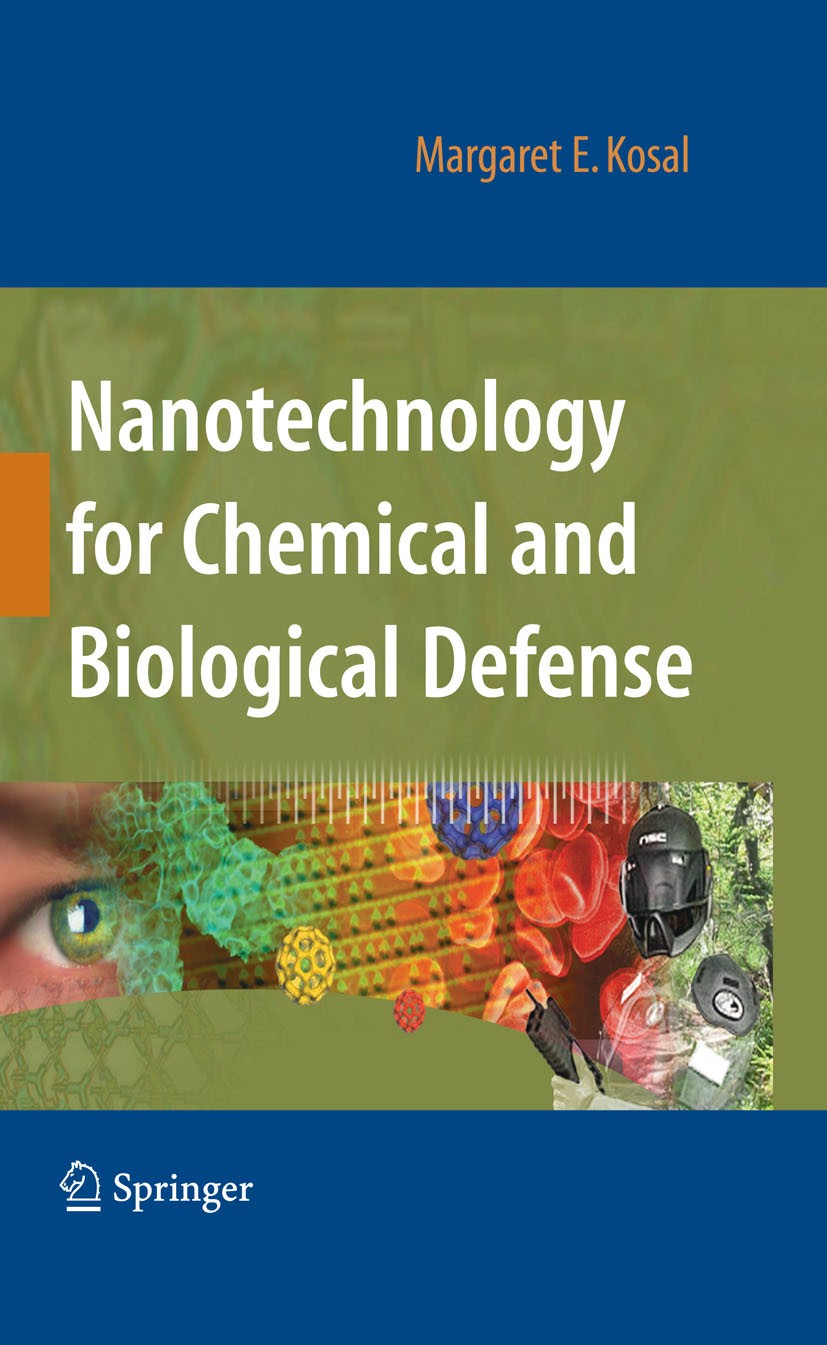| 书目名称 | Nanotechnology for Chemical and Biological Defense |
| 编辑 | Margaret Kosal |
| 视频video | http://file.papertrans.cn/662/661095/661095.mp4 |
| 概述 | Written for all levels, from policy makers to those in the defense industry to first responders, as well as scientists.Provides a research roadmap for the near term and the next 20 years.Based on a sc |
| 图书封面 |  |
| 描述 | New and unpredicted technologies are emerging at an unprecedented pace around the world. Communication of those new discoveries is occurring faster than ever, meaning that the unique ownership of a piece of new technology is no longer a sufficient position, if not impossible. In today’s world, recognition of the potential applications of a technology and a sense of purpose in exploiting it are far more important than simply having access to it. Technological surprise has and will continue to take many forms. A plethora of new technologies are under development for peaceful means but may have un- tended security consequences and will certainly require innovative counterme- ures. A relevant example is the tremendous development in biotechnology that has occurred since the advent of recombinant DNA and tissue culture-based processes in the 1970s. If US government agencies and the defense and academic commu- ties had more clearly recognized the potential for biotechnology to affect fun- mental security and warfighting doctrines 20 years ago, the situation today could be very different. Defense against chemical and biological weapons – from both states and nonstate actors – currently pr |
| 出版日期 | Book 2009 |
| 关键词 | Assembler; Chemical Weapons; Nanomaterial; biochemical weapons; biological agent detection; biological sy |
| 版次 | 1 |
| doi | https://doi.org/10.1007/978-1-4419-0062-3 |
| isbn_softcover | 978-1-4899-8299-5 |
| isbn_ebook | 978-1-4419-0062-3 |
| copyright | Springer-Verlag New York 2009 |
 |Archiver|手机版|小黑屋|
派博传思国际
( 京公网安备110108008328)
GMT+8, 2025-11-13 03:58
|Archiver|手机版|小黑屋|
派博传思国际
( 京公网安备110108008328)
GMT+8, 2025-11-13 03:58


